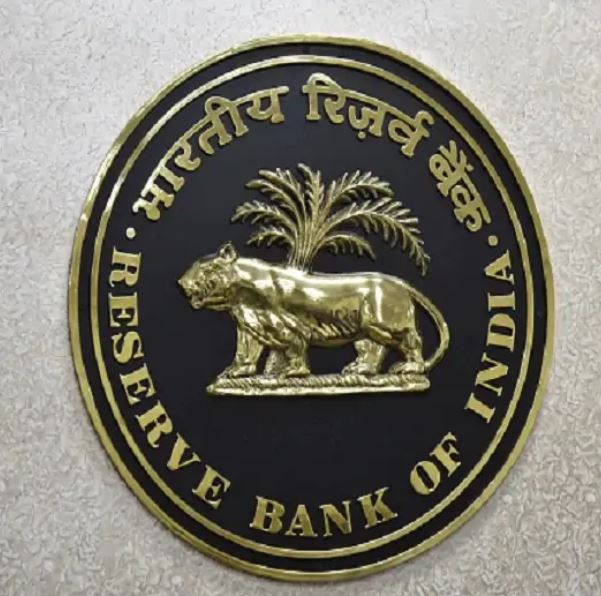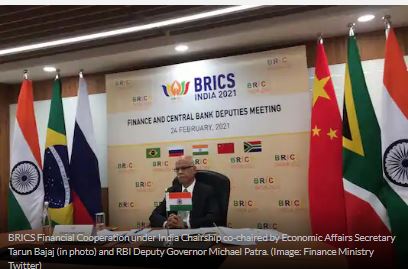The Reserve Bank of India (RBI) released its January bulletin on Thursday where it put out a hopeful picture for the economic revival stating that “barring the visitation of another wave, the worst is behind us”. Read on.
New Delhi:Sanjhi Soch Beauro – According to the Reserve Bank of India (RBI), the worst phase in the Indian economy is likely to be over soon creating suitable conditions for policymakers to support recovery.
The Reserve Bank of India (RBI) released its January bulletin on Thursday where it put out a hopeful picture for the economic revival stating that “barring the visitation of another wave, the worst is behind us”.
“Recent shifts in the macroeconomic landscape have brightened the outlook, with GDP in striking distance of attaining positive territory and inflation easing closer to the target,” the RBI wrote.
“If these movements sustain, policy space could open up to further support the recovery,” it added.
Last year, RBI had reduced interest rates to mitigate the blow given by the coronavirus crisis. But in recent months the rates remained unchanged in concern of rising inflation.
Currently, RBI expects the country’s economy to contract by 7.5 percent in the fiscal to March, but analysts believe that it will escape the situation of recession while seeing modest growth in the current quarter.
RBI states that the growth will be mostly consumption driven.
It also mentions domestic spending normalising rapidly while the goods and services tax (GST) collections are reported to have surged to an all-time high of Rs1.15 trillion in December, higher by 11.6 per cent over a year ago.
“Business activity is regenerating in an ‘unlock’ mood, incentivised in substantial measure by a simplified return filing system. Consumer confidence is regaining its groove,” it emphasises.
Labour market conditions are also said to be improving with a gradual pick up in employment. The labour force participation rate recovered to 40.06 in December from a low of 35.57 in April 2020.
As inter-state movement restrictions were gradually lifted up, the labour force participation rates across most states have also picked up to around pre-pandemic levels.
Meanwhile, there is a growing need to kickstart investment for being able to secure a durable improvement and a sustainable growth trajectory.
There is also concern over the unspent cash on the balance sheet of companies and banks and the funds parked with it at the reverse repo. It needs to be used in productive sectors and turn into real spending on investment activity before it imposes a persistent deflationary weight on real activity.
The RBI stated that the stress on financial sector balance sheets could increase, but banks currently are in a better condition than they were during the 2008 global financial crisis.
There is also the element of “vigorous resumption” of government spending which also acts as an important growth driver when all other components of GDP faced significant setback due to the pandemic.
“Recent high-frequency indicators suggest that the recovery is getting stronger in its traction and soon the winter of our discontent will be made glorious summer,” the RBI wrote.












